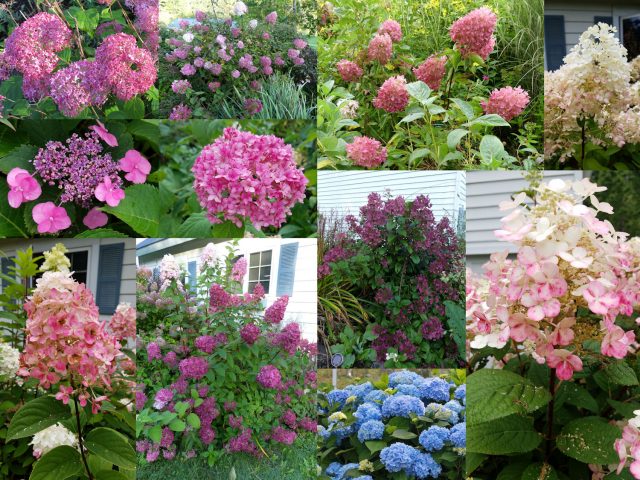
Have you ever been seduced? I know that I am. I bought one when the original Endless Summer (r) was first released. After the first growing year, there were only a few blooms. The plants were too frost-sensitive to help. I tried to cover them with leaves for protection but it just made me work harder without producing more flowers.
I’ve received trial plants from many other mopheads that are supposed to bloom again ( hydrangea macrophylla), but I have yet to see one flower much, if at all, after the first year of greenhouse growth.
Why? Why try to please a macrophylla when there are many hydrangeas which are very hardy and easy-to-please? Oh, yeah-that color. Maybe you should just accept it? Does it really matter?
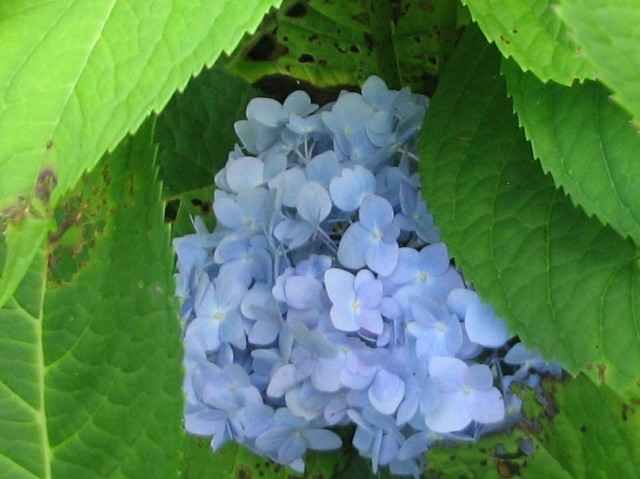
I didn’t. I have the same 24 hours as everyone else and a large garden. And, I’m a lazy gardener at heart. During the same period that I received samples of the latest macrophyllas, i also received trial plants of hydrangeas which are much easier to grow and colorful. These shrubs are easy to grow and maintain, but they have a huge impact on my garden. It was amazing how different the care required for these two groups.
These hardy, no-fuss shrubs are improved versions ‘Annabelle’and ‘PeeGee’hydrangeas. If you are a gardener in a cold climate like me, you will see these hydrangeas in older cemeteries and neighborhoods. Breeders have had fun with these oldies-but goodies and now they come in different sizes, with more colorful flowers.
In my garden, I’d like to show you the non-macrophyllas. They are all spectacular in the autumn. I’ll try to convince you, maybe just maybe, that the dazzling snowballs of color aren’t the only way to add a touch of glamor to your garden. Please note: The shrubs that I am about to show you are all trial plants or samples for me to try in my garden.
PeeGee – Improvements
The prototype Hydrangea paniculata is the ‘PeeGee hydrangea’. USDA Zone 3b is the hardiness zone for this species (yes, that’s right). Cone-shaped flowers. The hydrangea can be trained to look like a tree. Many cemeteries have these “trees.”
As summer turns to fall, these improved PeeGees change from pinks to reds. The August bloom of each shrub is shown next to the September bloom, so you can clearly see the change in color.
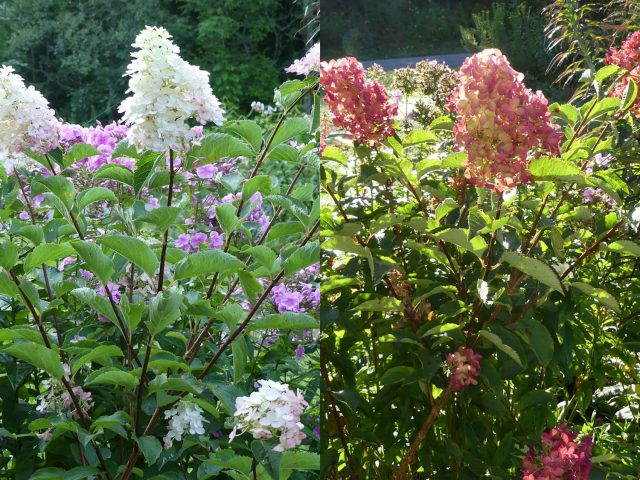
In September of last year, I invited visitors to my garden so they could see my collection of colchicums. Fire Light(r), however, was the subject of more questions than colchicums. The foliage is striking, and it’s hardy in cold climates. I realized that many people don’t know how many hydrangeas are available.
I often get Quick Fire(r) and Fire Light(r) mixed up. The fact that both names contain fire doesn’t make it any easier to distinguish them. Fire Light(r), on the other hand, has flowers that are conical in shape and florets that are closer together. Quick Fire(r), on the other hand, blooms earlier and has looser flower clusters, which makes the overall shape of a flower less defined.
I am too ashamed to admit how long it took for me to figure out that “Zinfin Doll”, a pun on zinfandel, was a red wine.
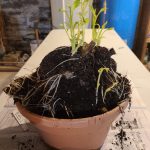



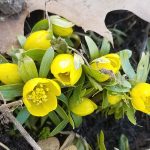

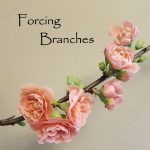
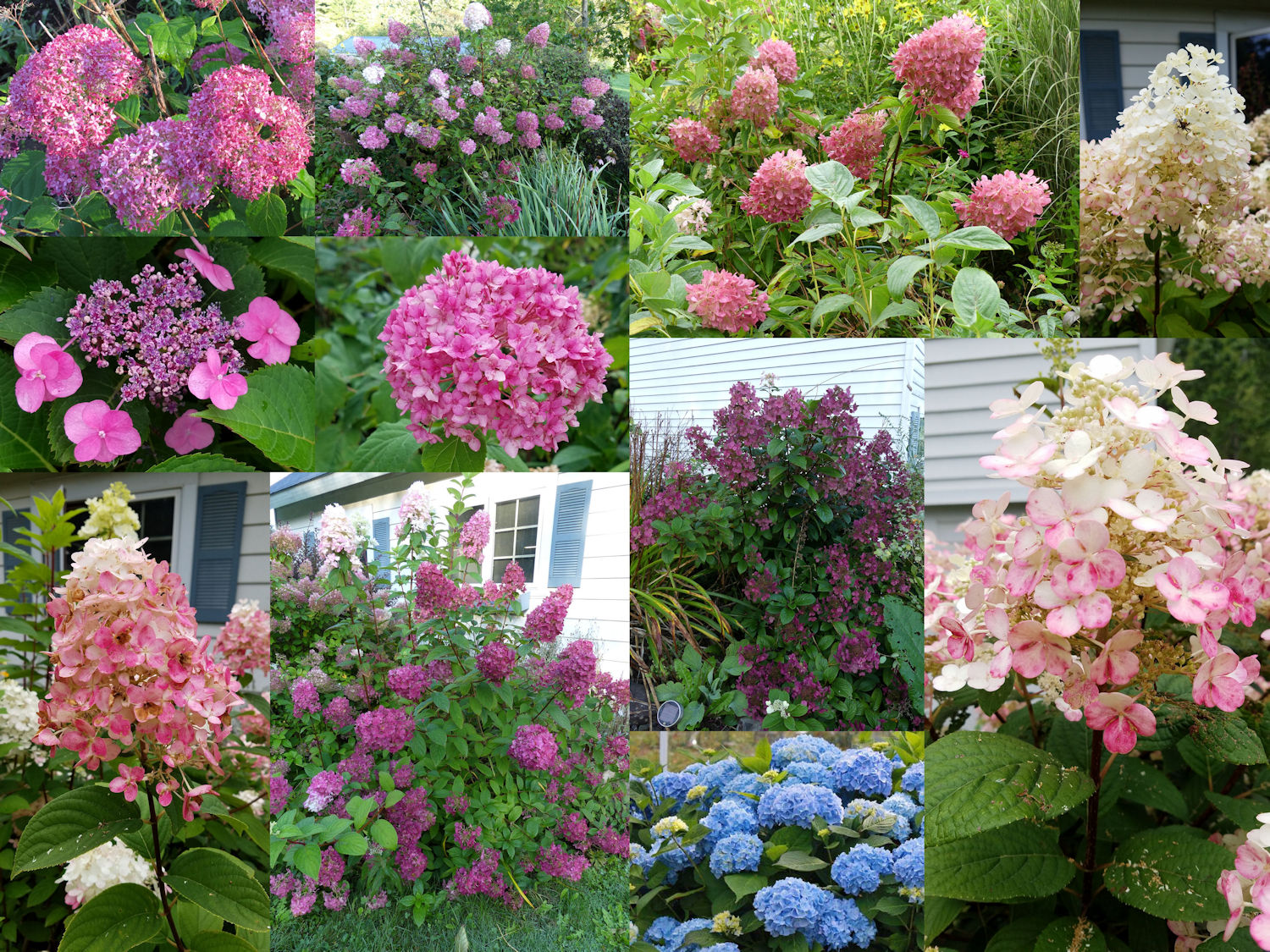


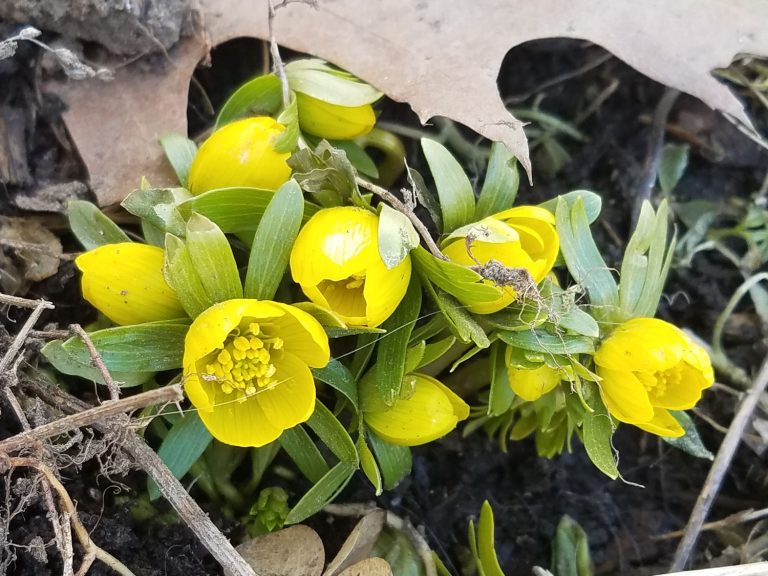
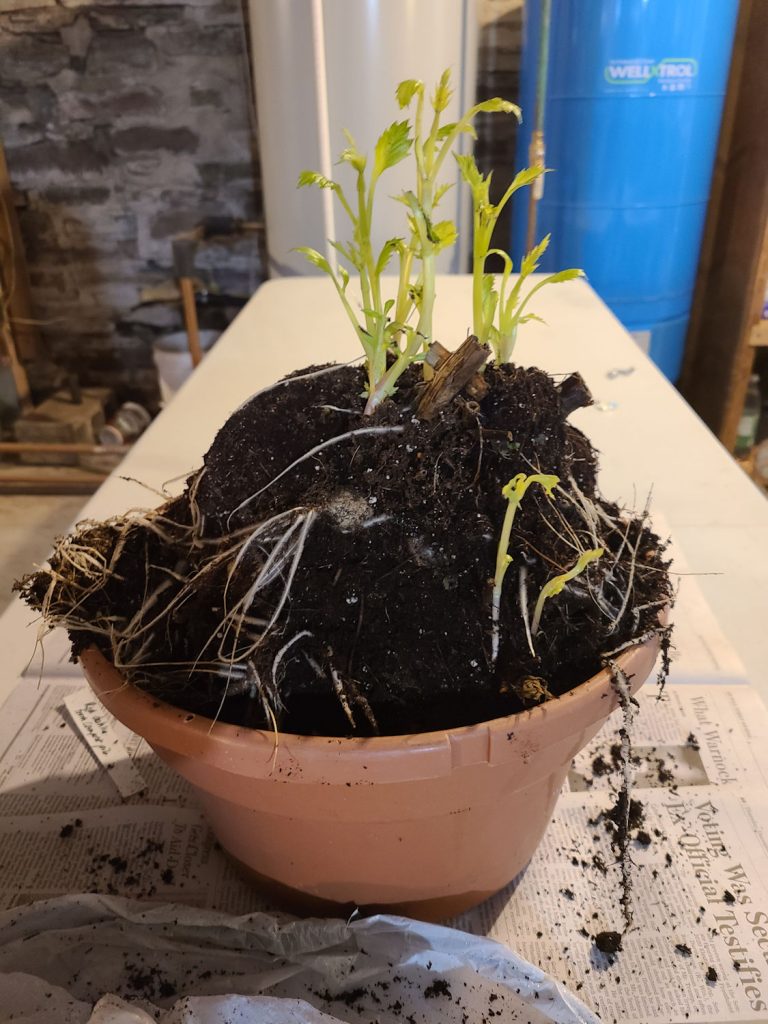
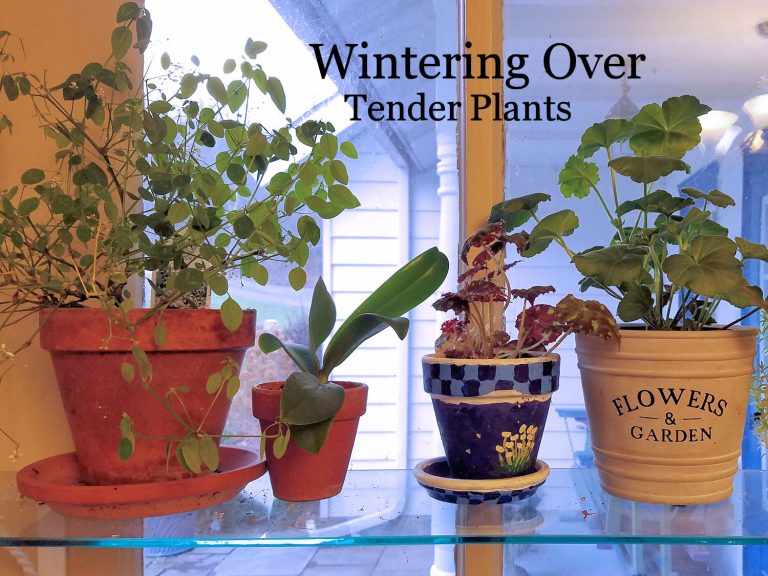
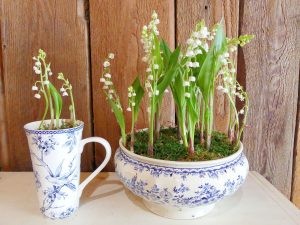
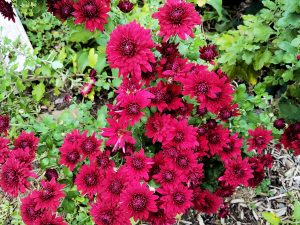
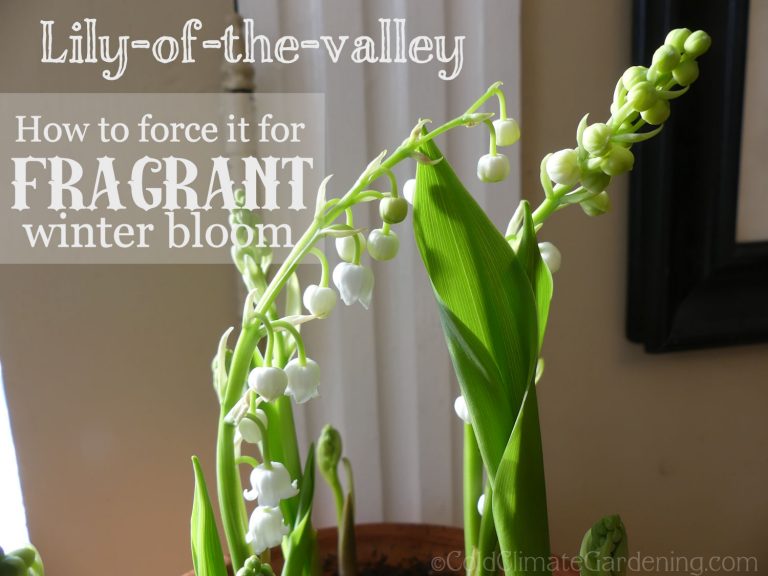
+ There are no comments
Add yours